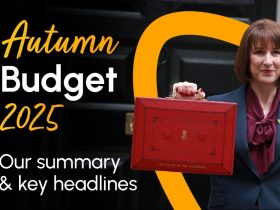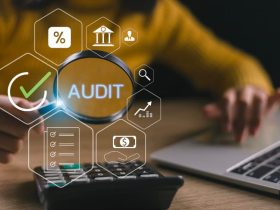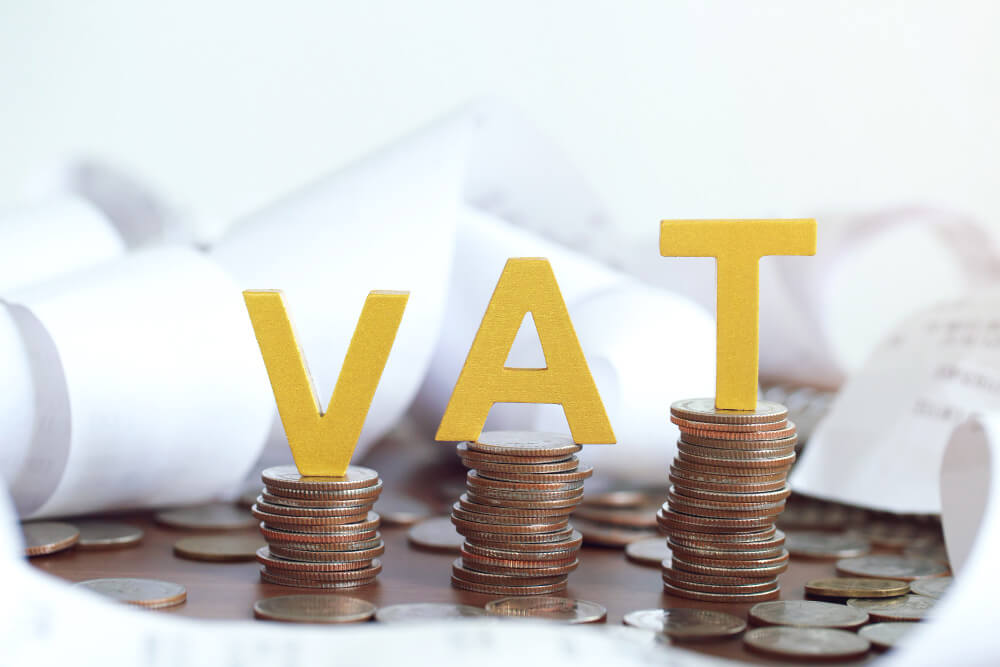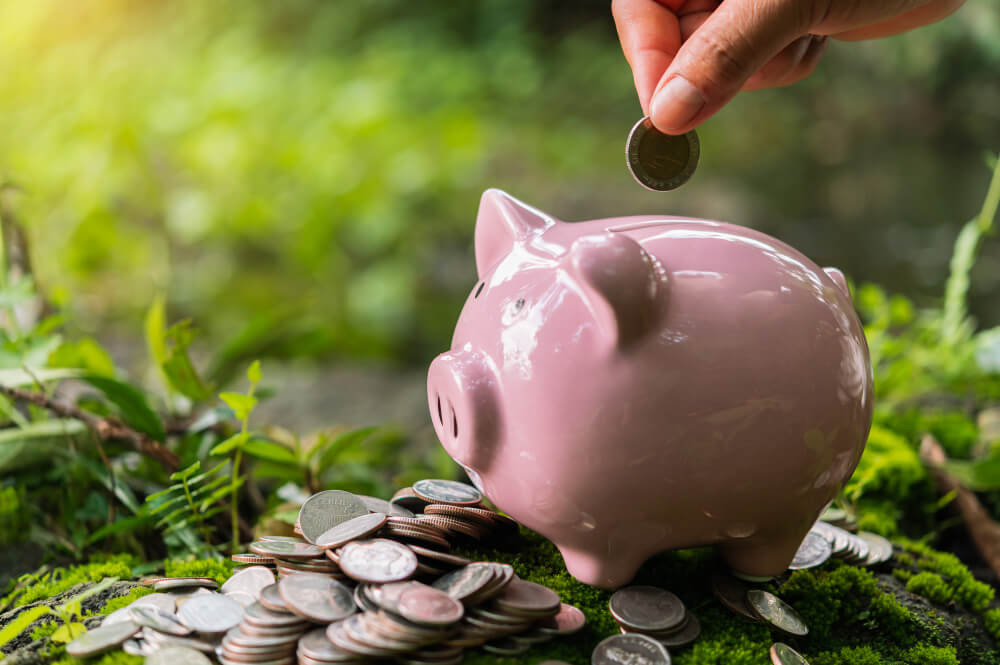Introduction to VAT
Value Added Tax (VAT) is a consumption tax levied on selling goods and services in the United Kingdom.
It is an essential source of revenue for the government and is charged at different rates depending on the type of goods or services.
This article will explore VAT, its calculation, and how to use a VAT Calculator UK to determine VAT amounts.
What is a VAT Calculator UK?
A VAT Calculator UK is a valuable tool that helps individuals and businesses calculate the VAT amount associated with a particular purchase or transaction. It considers the applicable VAT rate and the amount to provide an accurate calculation. The VAT calculator simplifies the process, allowing you to determine the VAT amount for any given figure quickly.

When to Pay VAT in the UK?
VAT is payable when purchasing goods or services subject to the tax. VAT-registered businesses must collect VAT on sales, and they can claim back the VAT paid on purchases.
VAT is collected at each stage of the supply chain, from the manufacturer to the retailer, and ultimately paid by the end consumer.
VAT Calculator UK
Know more: VAT penalties from 1 January 2023– points add up to penalties
VAT Calculator Components
To calculate VAT accurately, there are two essential components to consider:
1. Amount: The amount is the figure to which the VAT rate is applied. It represents the price of the goods or services before VAT is added or after VAT is removed.
2. VAT Rate: The VAT rate determines the Percentage of VAT to be applied to the amount. The VAT rates in the UK can vary depending on the type of goods or services, with standard rates, reduced rates, and zero rates.
How much is the VAT Rate in the UK?
As of 2023, the standard VAT rate in the UK is 20%. However, reduced rates of 5% and 0% apply to specific goods and services. It is essential to check the latest government guidelines and regulations to determine the applicable VAT rate for a particular transaction.
Read also: How does VAT work? A guide for new business owner
How to Use a VAT Calculator
A VAT Calculator can be used in two primary ways, depending on the desired outcome:
For Adding VAT to the Original Figure:
To calculate the total amount, including VAT, use the formula Price * (1 + VAT Percentage) = Total amount including VAT.
For Removing VAT from a Figure:
To calculate the original figure before VAT, use the formula Price / (1 + VAT Percentage) = Original figure before VAT.
Do I Need to Register for VAT?
Businesses in the UK have a VAT registration threshold, and if their taxable annual turnover exceeds this threshold, they must register for VAT.
Voluntary registration is possible if the turnover is below the threshold. Registering for VAT allows businesses to charge VAT on sales and reclaim VAT on purchases.
The current VAT threshold is £85,000.
A Complete Guide to VAT Codes the Full List: Guide
What is the VAT Flat Rate Scheme?
The VAT Flat Rate Scheme is an alternative way for small businesses to calculate their VAT liability. Under this scheme, companies pay a fixed percentage of their gross turnover as VAT, regardless of the actual VAT they charge on their sales. Companies cannot claim VAT on purchases in this scheme.
The VAT Flat Rate Scheme simplifies the VAT calculation process for eligible businesses.
How to Calculate VAT Backward?
Calculating VAT backwards involves determining the VAT amount included in the total figure. This can be useful when you have the final amount, including VAT but need to find the original figure before VAT. The formula for calculating VAT backward is as follows: VAT = Original figure – {Original figure / 1.2 (1 + VAT Percentage)}.
Know more: 9 Common VAT Return Mistakes UK Small Businesses Makes
How to Calculate Gross VAT Figures?
Calculating gross VAT figures allows you to determine the total amount, including VAT. This calculation is proper when you have the original figure before VAT and must specify the total amount, including VAT. The formula for calculating gross VAT statistics is as follows: Gross VAT = Original figure × (1 + VAT Percentage).
How to Calculate the Net VAT Figure?
Calculating the net VAT figure helps determine the VAT amount within the total figure. This calculation is proper when you have the total amount, including VAT, and need to determine the amount. The formula for calculating the net VAT figure is as follows: Net VAT = Original figure / (1 + VAT Percentage).
When Can VAT be Refunded?
VAT can be refunded in certain circumstances, such as when a business has incurred more VAT on its purchases than it has charged on its sales. This situation often occurs for companies that export goods or provide zero-rated supplies. VAT refunds can also be claimed for certain business expenses, such as VAT on capital assets or VAT on bad debts.
How to Use the Experlu VAT Calculator?
Using the Experlu VAT Calculator is simple. Follow these steps:
1. Visit the Experlu website and navigate to the VAT Calculator UK page.
2. Enter the required information, including the amount and the VAT rate applicable to your transaction.
3. Select the calculation you need (adding VAT or removing VAT).
4. Click on the “Calculate” button to obtain the VAT or total amount, including VAT, depending on your chosen calculation.
5. Review the results and use the information for your VAT-related calculations.
FAQs
Q: Can I reclaim VAT on business expenses?
A: Businesses can reclaim VAT on their eligible business expenses, such as purchases of goods and services used for business purposes. However, specific rules and requirements apply, and it is advisable to keep accurate records and consult with a tax advisor.
Q: Can I charge VAT if my turnover exceeds the registration threshold?
A: If your turnover is below the VAT registration threshold, you are not required to charge VAT on your sales. However, you can register voluntarily for VAT if it benefits your business.
Q: What is the difference between standard-rated, reduced-rated, and zero-rated supplies?
A: Standard-rated supplies are subject to the standard rate of VAT, which is currently 20% in the UK. Reduced-rated supplies are charged at a reduced VAT rate of 5%. Zero-rated supplies are charged at 0% of VAT but still count as taxable supplies for VAT purposes.

Conclusion
VAT is an essential tax in the UK, and understanding its calculations and implications is crucial for individuals and businesses. The VAT Calculator UK offered by Experlu provides a convenient tool for estimating VAT amounts and performing VAT-related calculations.
By considering the amount and the applicable VAT rate, the calculator enables you to quickly and accurately determine VAT amounts for different scenarios.
Remember to consult with a tax advisor or the relevant authorities for personalized advice and stay updated with VAT regulations.










